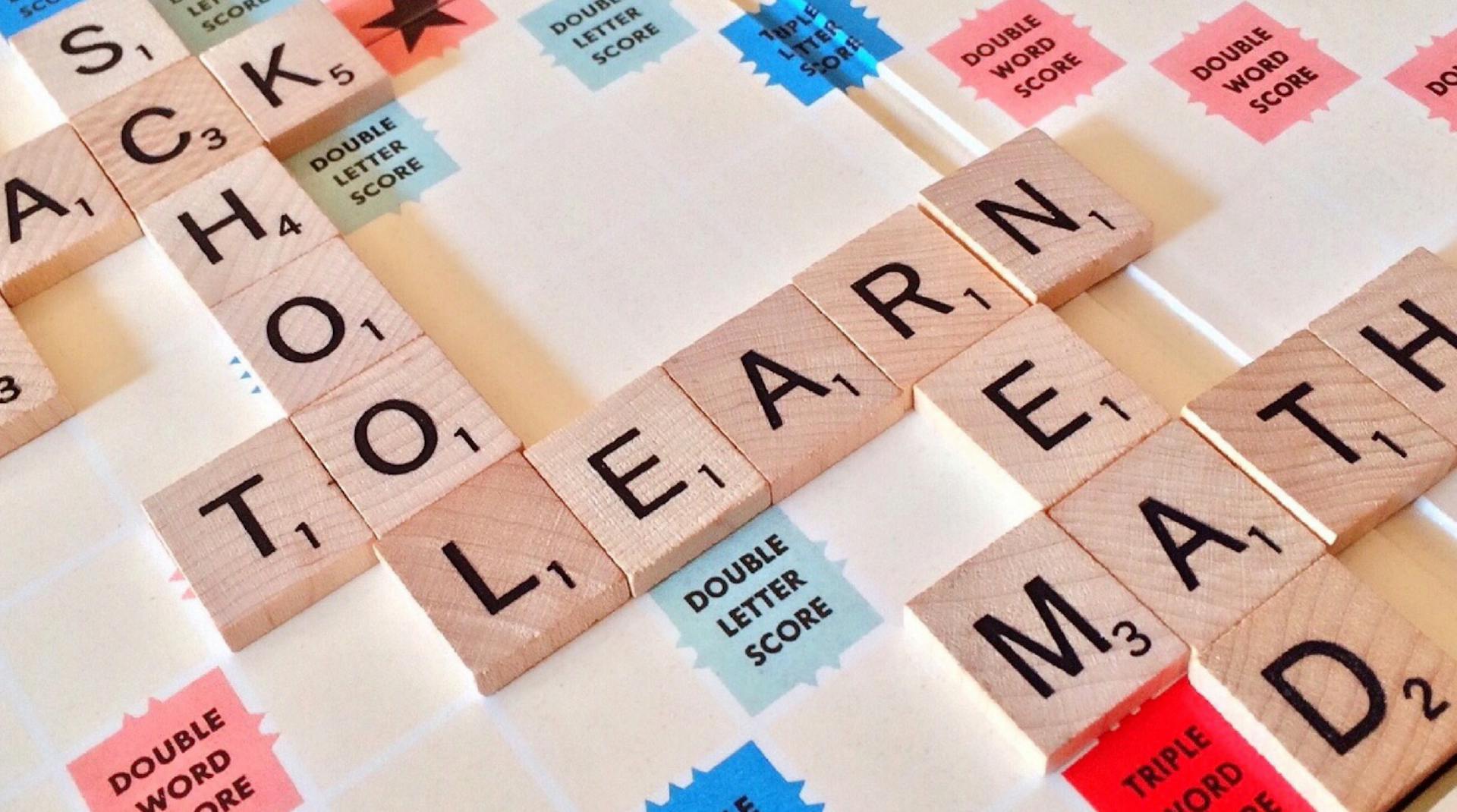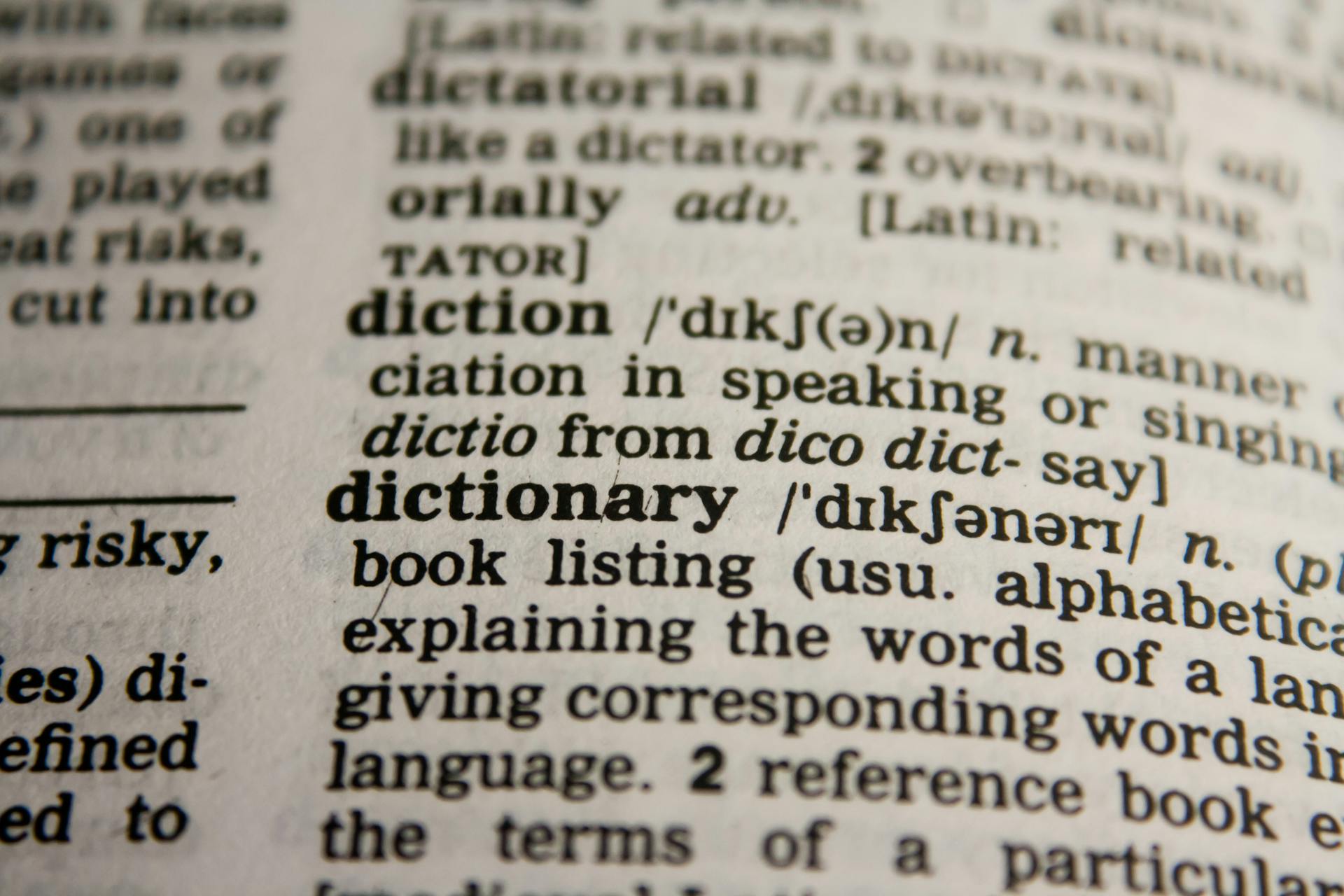
Mastering the English consonant sounds is essential for improving your American English pronunciation. There are 23 consonant sounds in American English, and each one plays a crucial role in shaping the way an English word is pronounced. If you're struggling with your English pronunciation, focusing on mastering these sounds is a great place to start. In this article, I'll give you some tips and tricks for practicing English consonant sounds so that you can improve your overall fluency and communication.
To begin mastering the English consonant sounds, it's helpful to learn about the International Phonetic Alphabet (IPA). The IPA nows as a system of phonetic notation that uses symbols to represent each sound in human language, including American English. By learning the IPA and its corresponding symbols for each consonant sound, you'll have a better understanding of how to pronounce words correctly. This knowledge will also help you identify where you might be making mistakes in your pronunciation and how to correct them.
So if you're ready to take your American English pronunciation to the next level and have a great time doing it, let's dive into some practical tips for practicing English consonant sounds. These tips will include IPA readings of common words containing each sound so that you can practice them on your own time. With dedication and practice, you'll soon master these 23 crucial consonant sounds and see significant improvements in your overall fluency!
Suggestion: Difficult Hard English Words
How to Listen to and Practice English Consonant Sounds
Mastering English consonant sounds is an essential part of perfecting your English pronunciation. Cambridge English offers great videos that include close-ups of mouth shapes so that you can understand how to make individual sounds. LawlessEnglish also offers a great in-depth tutorial on how to identify and practice each consonant sound afterward.
To improve your pronunciation, we recommend SpeechActive, which provides targeted practice exercises for each individual consonant sound. It's a fantastic online tool for both beginners knowing little about English consonants and advanced learners who want to take their pronunciation skills to the next level.
The Mimic Method's free e-course is another excellent resource for learning British English consonants correctly. The course includes practice exercises and recorded sounds for comparison, so you can track your progress as your pronunciation improves. We highly recommend identifying which consonant sounds you need to work on first, then using these resources to get started on perfecting your English pronunciation.
Discover more: German Pronunciation
1. Enter your e-mail address to get your free PDF!
Are you struggling with pronouncing English consonant sounds? Do you often get misunderstood or misheard because of your accent? Learning English consonant sounds can be challenging, but it's essential if you want to communicate effectively in English. Lucky for you, we've got a free PDF that can help you with that!
All you have to do is enter your e-mail address, and we'll send it directly to your inbox. And don't worry about spam - we hate it just as much as you do. Your email address is safe with us! So what are you waiting for? Fill out the form now and start improving your English pronunciation today!
Discover English Consonants: Examples and Letters!
English has 24 consonant sounds, each produced differently in the mouth. For example, the letter "p" in pen is produced by a quick puff of air when attempting to say the word. Try it yourself! Other examples include the letter "b" in brain, which involves bringing both lips together to stop airflow before releasing it, or the letter "ch" in church, which combines air movement with tongue placement.
The combination of letters can also produce unique sounds. For instance, the letters "ng" in ring or sing create a sound that cannot be produced by any single consonant. Additionally, different regions may have variations on common sounds. In Standard American English pronunciation, for example, the letter "t" in water is pronounced more like a "d," while some British accents may replace it with a glottal stop.
It's important to note that vowels often get all the attention when learning English pronunciation, but mastering consonant sounds is just as crucial for clear communication. Try practicing saying words like girl or van where the emphasis is on the consonants rather than vowels - you might be surprised how much clearer your speech becomes!
For another approach, see: Writing Letters in English
(7) English consonant sounds: tʃ dʒ k g
The English language has some distinct consonant sounds that can be tricky to master. One group of consonants includes the sounds tʃ, dʒ, k, and g. To properly pronounce these sounds, it's important to watch and listen to native English speakers. With practice and patience, you'll soon be able to confidently use these sounds in your own speech.
1. Spellings: tʃ dʒ k g
H3 section: Spelling Examples of English Consonant Sounds
English is known for its tricky spellings, especially when it comes to consonant sounds. The tʃ sound is often spelled with a “ch” combination, like in the word “church.” The dʒ sound can be spelled with a “j,” as in “job,” or even with a “dge” combination, like in “judge.”
When it comes to the k and g sounds, they can sometimes be interchanged. For example, the word “kite” starts with a k sound, while the word “gate” starts with a g sound. It’s important to pay attention to context and usage when determining which spelling to use.
Overall, mastering English consonant sounds and their corresponding spellings takes practice and patience. But by familiarizing yourself with common spelling examples like those mentioned above, you’ll be well on your way to improving your overall English language skills.
2. Quiz: tʃ dʒ k g
Are you ready to test your knowledge of English consonant sounds? Well, good luck because we have a quiz for you! There are a total of 10 questions, and you will need to match the sound with the corresponding letter.
Question 1: Which letter represents the "tʃ" sound?
10-1 question
Question 2: What about the "dʒ" sound?
10-2 question
Question 3: How about the "k" sound?
10-3 question
Question 4: And the "g" sound?
10-4 question
Question 5: Can you identify the correct letter for the "tʃ" sound again?
10-5 question
Question 6: What letter makes the "dʒ" sound once more?
10-6 question
Question 7: Ready for another one? Which letter represents the "k" sound this time?
10-7 question
Question 8: Okay, what about the "g" sound again?
10-8 question
Question 9: We're almost there! Can you identify which letter corresponds to the "tʃ" sound one last time?
10-9 question
And finally, Question 10: Last but not least, which letter makes the "dʒ" sound in this final round?
10-10 question.
How did you do on our quiz? Did you get all ten questions completed or did your points reach zero? No worries if you didn't do as well as expected! Keep practicing and before you know it, identifying these sounds will become second nature.
A different take: English Job Interview Questions
(6) English Consonant sounds: p b t d

When it comes to mastering the English language, understanding consonant sounds is crucial. The four consonants in focus here are p, b, t and d. These sounds can be easily distinguished if you watch listen closely. P and b are both formed by using the lips together, with p being an unvoiced sound while b is voiced. T and d are formed by placing the tongue behind the teeth, with t being unvoiced while d is voiced. By paying attention to these subtle differences in pronunciation, you can improve your English communication skills significantly.
1. Spellings: p b t d
Consonant sounds are the basis of the English language, and it is important to understand how they work. The sounds p, b, t, and d are some of the most commonly used consonants in the English language. These sounds are formed by using different parts of your mouth and tongue to create a specific sound.
When it comes to spelling examples for these consonant sounds, it’s important to remember that sometimes they can be tricky. For example, words like “public” and “problem” both start with the same sound, but one is spelled with a ‘p’ while the other is spelled with a ‘b’. Similarly, words like “taste” and “date” also start with the same sound but are spelled differently. Understanding these spelling patterns can help improve your overall reading and writing skills.
Check this out: English Language Subject Verb Agreement
2. Quiz: p b t d
Welcome to our English consonant sounds quiz! This quiz will test your knowledge on the four common consonant sounds p, b, t, and d. There are 10 questions to complete so good luck!
Question 1: Which sound is made when you put your lips together and then release them? (10-1 question)
Question 2: Which sound is made by gently closing your lips together and then releasing them with a puff of air? (10-2 question)
Question 3: Which sound is made by putting your tongue behind your teeth and then releasing it? (10-3 question)
Question 4: Which sound is made by placing the tip of your tongue behind your top front teeth and then releasing it? (10-4 question)
Question 5: Which sound is made by putting the tip of your tongue behind your teeth and then releasing it with a burst of air? (10-5 question)
Question 6: Which sound is made by gently closing your lips together and not releasing any air? (10-6 question)
Question 7: Which sound is made by placing the tip of your tongue behind your top front teeth and not releasing any air? (10-7 question)
Question 8: Which sound is made by putting the back of your tongue against the roof of your mouth and then releasing it? (10-8 question)
Question 9: Which sound is made by putting the back of your tongue against the roof of your mouth and not releasing any air? (10-9 question)
Question 10: Lastly, which two sounds are voiced versions of p and t respectively? (10-10 question)
If you reached 0 points or completed all ten questions with flying colors, we hope this quiz has helped you better understand these common consonant sounds in English!
(9) English consonant sounds: s z ʃ ʒ

English consonant sounds can be tricky to learn, but with practice, they can become second nature. Four important consonant sounds to watch and listen for are s, z, ʃ, and ʒ. The s sound is made by gently blowing air out of your mouth while keeping your tongue close to the roof of your mouth. The z sound is similar but requires vibration from your vocal cords. The ʃ sound is made by placing the tip of your tongue behind your top front teeth and blowing air through a small opening between your tongue and teeth. Lastly, the ʒ sound is similar but requires vibration from your vocal cords as well. Practicing these sounds can help improve English pronunciation and communication skills.
1. Spellings: s z ʃ ʒ
The English language is known for its complex and diverse consonant sounds. Among them, we have the s, z, ʃ, and ʒ sounds that can be a bit tricky to spell correctly. For instance, the s sound can be spelled with an "s" as in "sun" or a "c" as in "cent". Similarly, the z sound can be spelled with a "z" as in "zebra", or an "s" as in "has".
Moving on to the ʃ and ʒ sounds, we have words like "sheep" and "measure", respectively. These sounds can also be spelled differently depending on the word. For example, the ʃ sound can also be spelled with a "ch" as in "church", while the ʒ sound can be spelled with a combination of letters such as in "treasure". It's essential to understand these spelling examples to improve your pronunciation and communicate effectively in English.
2. Quiz: s z ʃ ʒ
Welcome to our English consonant sound quiz! There are 10 questions in total, good luck!
Question 1: Which sound is made with the letter "s"?
Question 2: Which sound is made with the letter "z"?
Question 3: Which sound is made with the letters "sh"?
Question 4: Which sound is made with the letters "zh"?
Question 5: Which word contains the "s" sound?
Question 6: Which word contains the "z" sound?
Question 7: Which word contains the "sh" sound?
Question 8: Which word contains the "zh" sound?
Question 9: Can you think of a word that contains both the "s" and "z" sounds?
Question 10: Can you think of a word that contains both the "sh" and "zh" sounds?
If you've reached 0 points or have completed all ten questions, congratulations! You've just learned about some of the most common English consonant sounds. If not, don't worry - keep practicing and you'll get there soon!
Here's an interesting read: How to Think in English
Frequently Asked Questions
How can i Improve my pronunciation of consonant sounds?
One way to improve your pronunciation of consonant sounds is to practice tongue twisters and word drills. Another helpful tip is to listen to and mimic native speakers of the language. Consistent practice and feedback from a language teacher or tutor can also be beneficial.
What is a voiced consonant?
A voiced consonant is a sound made by vibrating the vocal cords while pronouncing it. Examples of voiced consonants are b, d, g, v, and z.
How do you write a consonant in English?
To write a consonant in English, simply use any letter that is not a vowel (A, E, I, O, U). Some common examples include B, C, D, F, G, H, J, K, L, M, N, P, Q, R, S, T, V,W,X,Y and Z.
What are English pronunciation lessons?
English pronunciation lessons are classes or tutorials that teach individuals how to correctly pronounce English words and phrases. These lessons focus on proper articulation, stress, and intonation to improve overall speaking clarity and comprehension.
Featured Images: pexels.com


